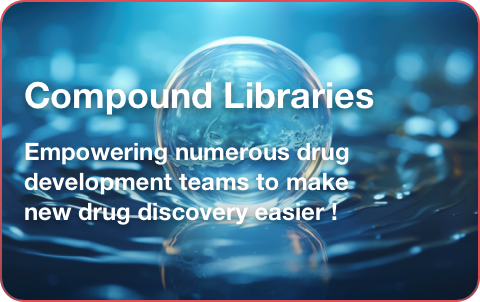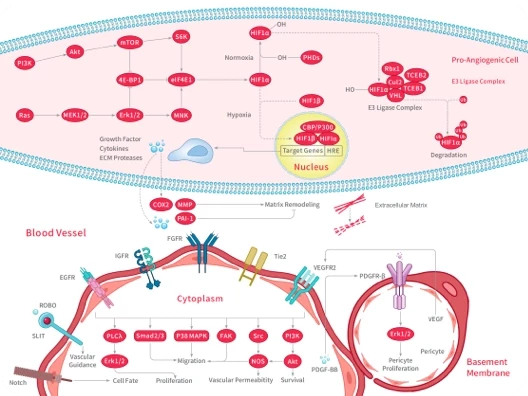- Remove All
 Your shopping cart is currently empty
Your shopping cart is currently empty
Platelet CD Proteins
Platelets are a component of blood whose function (along with the coagulation factors) is to react to bleeding from blood vessel injury by clumping, thereby initiating a blood clot. Platelets have no cell nucleus; they are fragments of cytoplasm derived from the megakaryocytes of the bone marrow or lung, which then enter the circulation. Platelets are found only in mammals, whereas in other vertebrates, thrombocytes circulate as intact mononuclear cells. Quiescent platelets express a large number of surface proteins, including CD9, CD29, CD31, CD36, CD41, CD42a, CD42b, CD61 and gpvi2,3. Some molecules, such as CD41 and CD61, increase their surface levels after platelet activation, while other proteins that are virtually absent on the surface of quiescent platelets, such as CD62P, CD63, CD107a, and CD154, are transferred from intracellular storage to the plasma membrane after activation.
- $310
- $600
- $814
- $700
- $351
- $418
- $386
- $228
- $498
- $821
- $129
- $386
- $600
- $63
- $600
- $600
- $600
- $700
- $600
- $600
- $600
- $398
- $600
- $600
- $700
- $600
- $700
- $700
- $700
- $904
- $306
- $904
- $383
- $306
- $357
- $357
- $600
- $651
- $462
- $398
- $262
- $487
- $814
- $129
- $116
- $116
- $157
- $355

Copyright © 2015-2025 TargetMol Chemicals Inc. All Rights Reserved.











